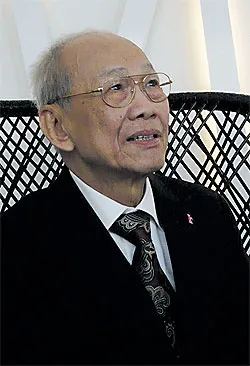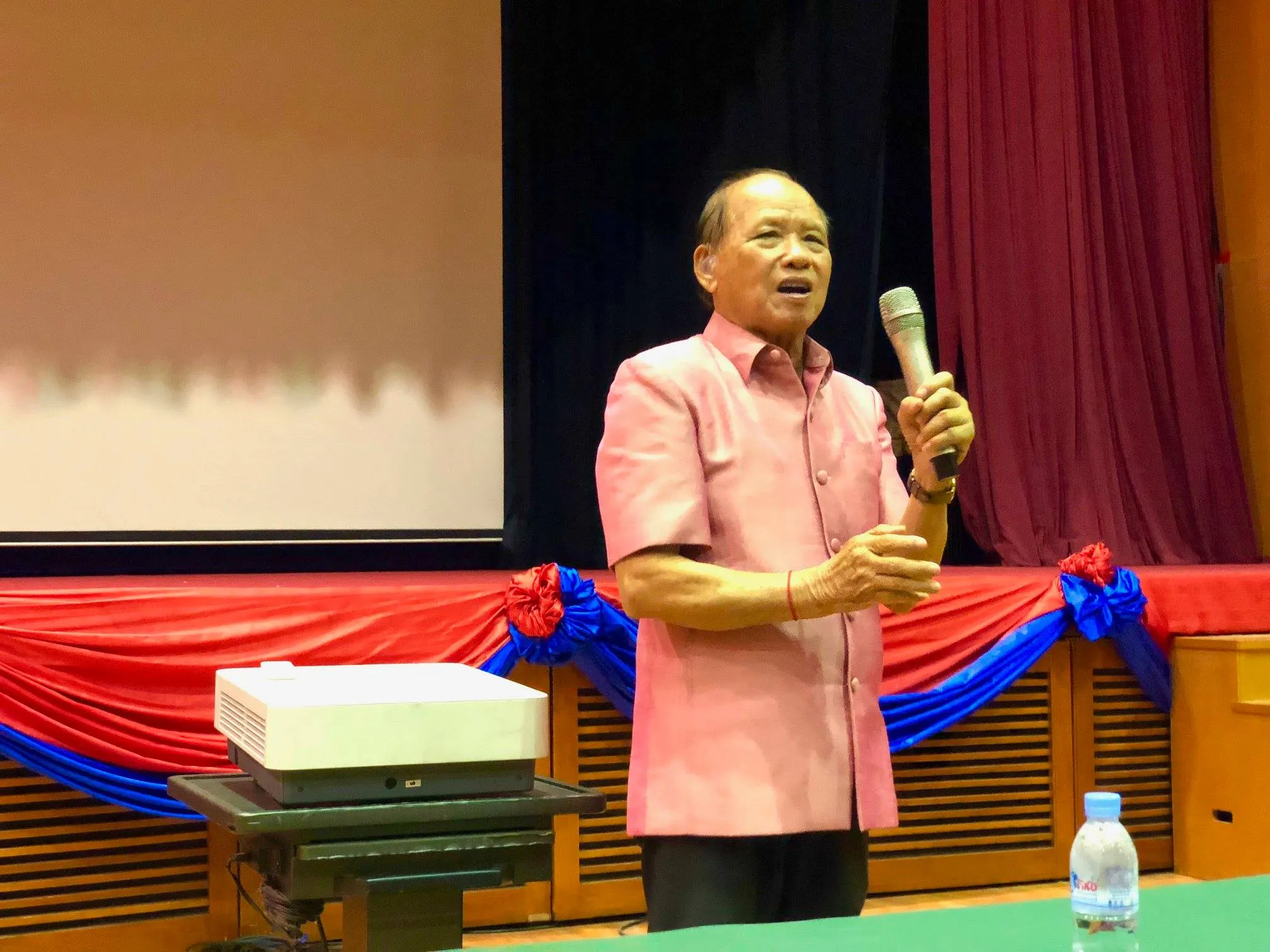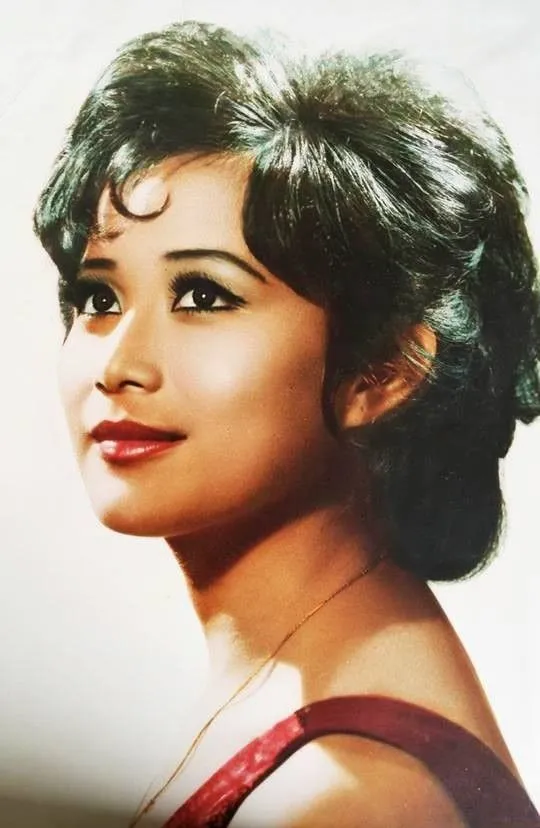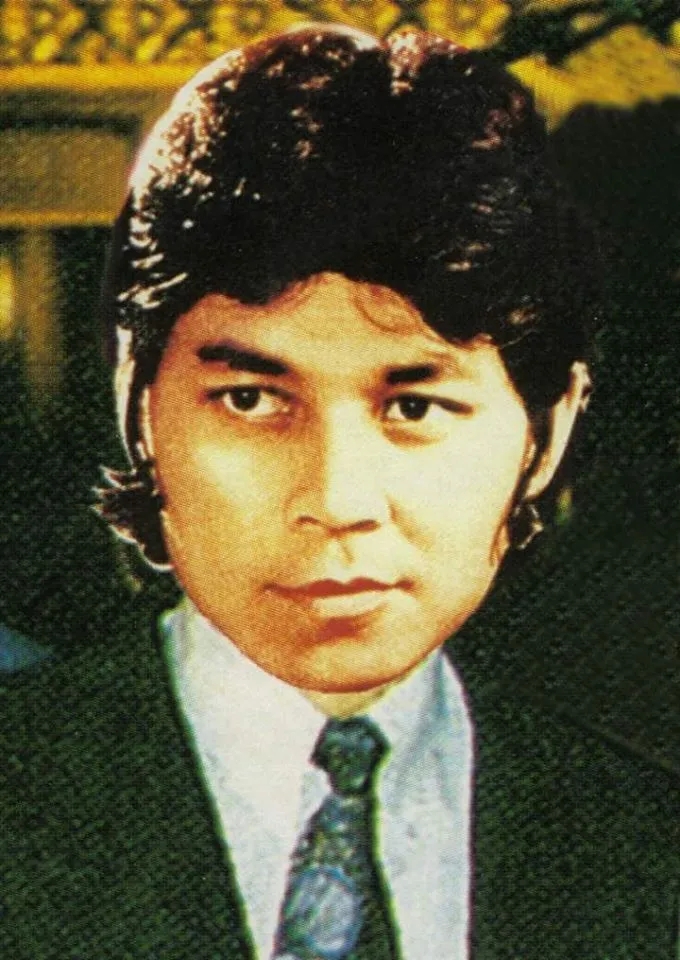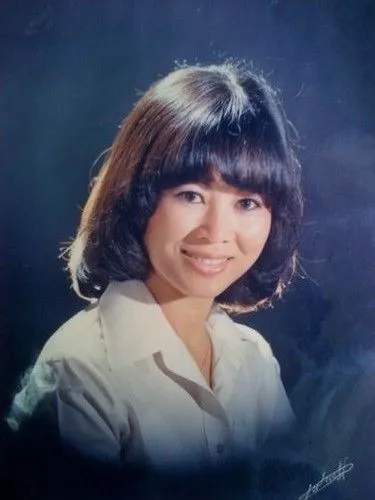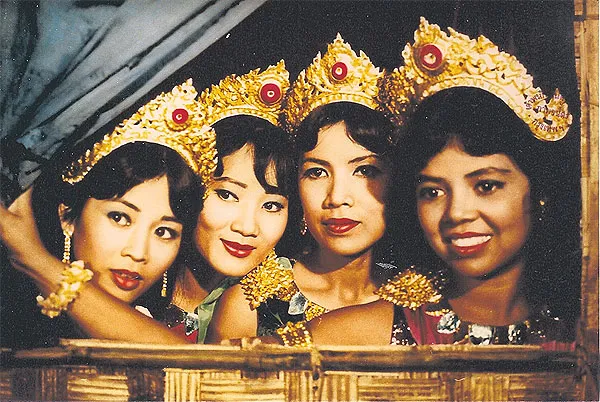
Cambodian Cinema: From Gold to Ashes, From Ashes to Sparks
Angkor Wat, tourist attractions, the genocide led by the Khmer Rouge are a few of the things that come to a Western mind when hearing about Cambodia. Yet, this small country with a culture dating back to the Angkor civilization has an enduring cinematic legacy that certainly merits more attention. Before the Khmer Rouge took power in April 1975, Cambodia was experiencing what would be called later the “Golden Age” of culture, in the fields of architecture, music, and cinema.
A Thriving Domestic Film Industry and Its Destruction
Between 1960 and 1975 the Cambodian film industry was simply thriving with the production of hundreds of films. At that time, there were around 30 film theatres in Phnom Penh and around 23 production companies. With the cinema tickets being affordable for everyone, going to the cinema was a very popular activity, especially after a long day at work.
In a journal published almost a decade ago by students of the Royal University of Phnom Penh — sadly, one of the few resources available online on Cambodian cinema — we read that between 1960 and 1975, Cambodia produced around 400 films.
It would be a great omission, at this point, not to mention the fascination of Prince Nordom Sihanouk, the country’s leader at that time, with arts and especially cinema. Before being overthrown by the 1970 coup d’état led by Lon Nol, Sihanouk produced a great body of work both in the music and the film industry, sometimes instrumentalizing arts to serve his political needs.
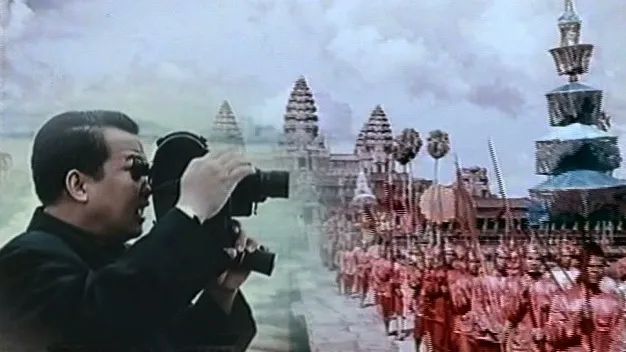
Prince Norodom Sihanouk often instrumentalized cinema to serve his political needs.
(photo: cambodia-cfc.org)
Surprisingly overlooked is his first “film” showing the execution of a member of a political group called the Khmer Serei, who were anti-communist but also anti-monarchist. Sihanouk actually filmed the execution and his footage was screened in every cinema in Cambodia, before every feature film, for an entire month.
Sihanouk wrote, directed, and produced dozens of films, in many of which he starred as well (some of his most famous films include Ombre Sur Angkor (1968), Rose de Bokor (1969), Joie de Vivre (1969) and many more). Sihanouk also established the first International Film Festival in Phnom Penh, where he won an award for his 1968 film The Little Prince, which starred his son.
Director Team Lim Koun
(photo: bangkokpost.com)
Director Ly Bun Yim
(photo: facebook.com/asiacenter.phnompenh)
Despite the several difficulties Cambodian filmmakers were facing (lack of film education, no laboratories for films to be developed, fierce competition with foreign films), many of them managed to make a name for themselves. They produced a lot of films with strong references to Cambodian traditions and folktales.
Ly Bun Yim is one of the biggest names associated with the Golden Age of Cambodian cinema. He was best known for his technical skills and the inventive special effects used in his movies. Some of his groundbreaking films include 12 Sisters, Sobasith, and Orn Euy Srey Orn.
“The new technologies allowed us to make films never seen before in Cambodia. It was the best time in my life.”
Ly Bun Yim, Khmer Times
Another prolific filmmaker was Tea Lim Koun, who directed one of the most financially successful and critically acclaimed movies of this period, The Snake King’s Wife (Puos Keng Kang). The film was a huge box office success, especially in Thailand, and soon became one of the biggest hits in Southeast Asia at the time. For more popular films of that period, you can refer to the last section of this article.
With the acting scene being relatively small, the viewers saw the same and the same actors in dozens of movies. And it doesn’t end there. The same actors played almost the same roles with the same partner, giving the films a sense of predictability and familiarity with the protagonists.
Actress Vichara Dany
(photo: pinterest.com)
Actor Kong Sam Oeun
(photo: eklablog.com)
Actress Dy Saveth
(photo: pinterest.com)
One of the greatest actresses of that time was Vichara Dany, who acted in around 120 films. 63 of them were by the side of Kong Sam Oeun, who starred himself in 140 films. Then there was Dy Saveth, an icon of Cambodian cinema throughout the 60s. Her screen partner was often Nop Nem, who starred in at least 60 films, many of which are still considered legendary. The adversary of Dy Saveth in films was often Saksi Sbong, famous for playing sexy villains.
Khmer Rouge and films
The Khmer Rouge regime produced a small body of documentaries and propaganda films that were screened mostly at the meetings of rural workgroups. The films were usually black and white, with no sound, showing mostly scenes of people working in rice fields, in factories and participating in party meetings, or other political events. Due to the lack of proper storage conditions, most of those films were lost, but few of them have been restored and are available today at the Bophana Center in Phnom Penh.
Khmer Rouge and films
The Khmer Rouge regime produced a small body of documentaries and propaganda films that were screened mostly at the meetings of rural workgroups. The films were usually black and white, with no sound, showing mostly scenes of people working in rice fields, in factories and participating in party meetings, or other political events. Due to the lack of proper storage conditions, most of those films were lost, but few of them have been restored and are available today at the Bophana Center in Phnom Penh.
Click Me
The film industry, as it was known before the 1970s, would utterly change with the rise in power of the murderous US-backed Khmer Rouge regime. As the entire population of Phnom Penh and other cities was placed into forced labour camps in the countryside, the capital was emptied. Nearly all movie houses were shut down and film prints were destroyed or gone missing.
Out of this huge production, only 33 films were saved. Film stars were viewed by the Khmer Rouge regime as being under the Western and capitalist influence, thus making them the enemies of the self-proclaimed communist party. Some artists, who had the connections and the financial resources needed, fled overseas, mainly to France. Others, like the actors Kong Sam Oeun, Chea Yuthorn, Sak Sisbourng, Som Van Soudany, and Vichara Dany were killed.
The Current Picture and What to Watch
The developments of the past few years have shown that the filmmaking landscape is still challenging for young filmmakers. Even though cinema attendance is high (at least before Covid-19) there seems to be little interest in the domestic filmmaking scene. Professional training is still not a feasible option for aspiring filmmakers, since there is only one filmmaking school (or at least that is the only one I found online).
However, there are several initiatives that offer alternative options to a new generation of filmmakers, aiming to express themselves through art house motion pictures. The Cambodian Film Commission sometimes organises filmmaking workshops, while small production companies like Anti-Archive support independent filmmakers and help in the much-needed resurgence of Cambodian cinematic culture.
Below, there is a list of some historically significant Cambodian films that are worth your time.
Twelve Sisters (1968) directed by Ly Bun Yim
Based on the Southeast Asian folktale of the Twelve Sisters, this is an extraordinary fantasy film with mind-blowing special effects. A poor farmer couple abandons their twelve daughters in the forest, where the king meets them and marries all of them. And that’s just the beginning of the story.
The Snake King’s Wife (1972), directed by Tea Lim Koun
Starring the most well-known Khmer actress of the era, Dy Saveth, this horror film is full of twists and turns. The number of snakes we see in it would make even Medusa herself proud of it.
My Mother Is Arb (1980)
This film is famous mainly for being the first film made after the fall of the Khmer Rouge regime. In a manifestation of folklore weirdness, it tells the story of a young boy who discovers that at night his mother turns into an Arp, a female spirit with internal organs hanging down from her neck. You have to see it to believe it.
Shadow of Darkness (1989) directed by Yvon Hem
The tragic story of Visal, who survived the execution of his family by the Khmer Rouge and escaped to Vietnam. It is one of the first Cambodian films dealing with the subject of life under the Khmer Rouge regime.
One Evening After the War (1998) directed by Rithy Panh.
This sophisticated drama deals with the difficulties a young couple faces in the aftermath of the Khmer Rouge. And of course, no list on Cambodian cinema would be complete without referring to the work of the French-schooled, brilliant director Rithy Panh. Having under his belt several award-winning documentaries on the Cambodian genocide, his work offers valuable insight into different aspects of a tragic past.
Tum Teav (2003) directed by Fan Sam Ang
Tum Teav is originally a mid-19th century romantic tragedy folk tale, considered to be the Cambodian version of Romeo and Juliet. The film was well-received and a box-office success. Now that the film is available on YouTube with English subtitles, everyone has the opportunity to experience the joys of a classic and culturally significant drama.
The Crocodile (2005) directed by Mao Ayoth
Made on a high -for Cambodian standards- budget of $100.000, this action-horror film is about a farmer who decides to become a crocodile hunter, after crocodiles attack and kill his wife, relatives, and neighbours. Sounds like an epic adventure!
Who Am I? (2009) directed by Phoan Phoung Bopha
Tackling a taboo issue at that time, the film holds the reputation of being the first-ever Cambodian film featuring a lesbian love story. Who Am I? is revolving around the love story between a Cambodian-American girl and a famous Cambodian actress and the difficulties they are facing in a rather conservative society. A box-office success due to the considerably “new” for Cambodian audiences topic, it created a sensation but received mixed responses.
Golden Slumbers (2011) directed by Davy Chou
Simply put, Golden Slumbers is a documentary about the Golden Age of Cambodian cinema. Well-crafted and conceived, it recounts the period from 1960 to 1975 through the words of the surviving artists, moviegoers, and many more. A must-see for those interested in learning more about this period.
Red Wedding (2012) co-directed by Lida Chan and Guillaume Suon
Between 1975 and 1979, at least 250,000 Cambodian women were forced into marriages by the Khmer Rouge. This award-winning documentary portrays Pen Sochan, a victim of forced marriage and rape under the regime. Fearlessly truthful, it is a documentary not to be missed.
Films from different periods and backgrounds, with different purposes and audiences, all hold a place in many people’s hearts and memories. With a new generation of Cambodian filmmakers coming into prominence, we can only look forward to the brighter cinematic days ahead.
Read also: Spirits, humans, and Boonmee: an optimistic Thai tale on death
